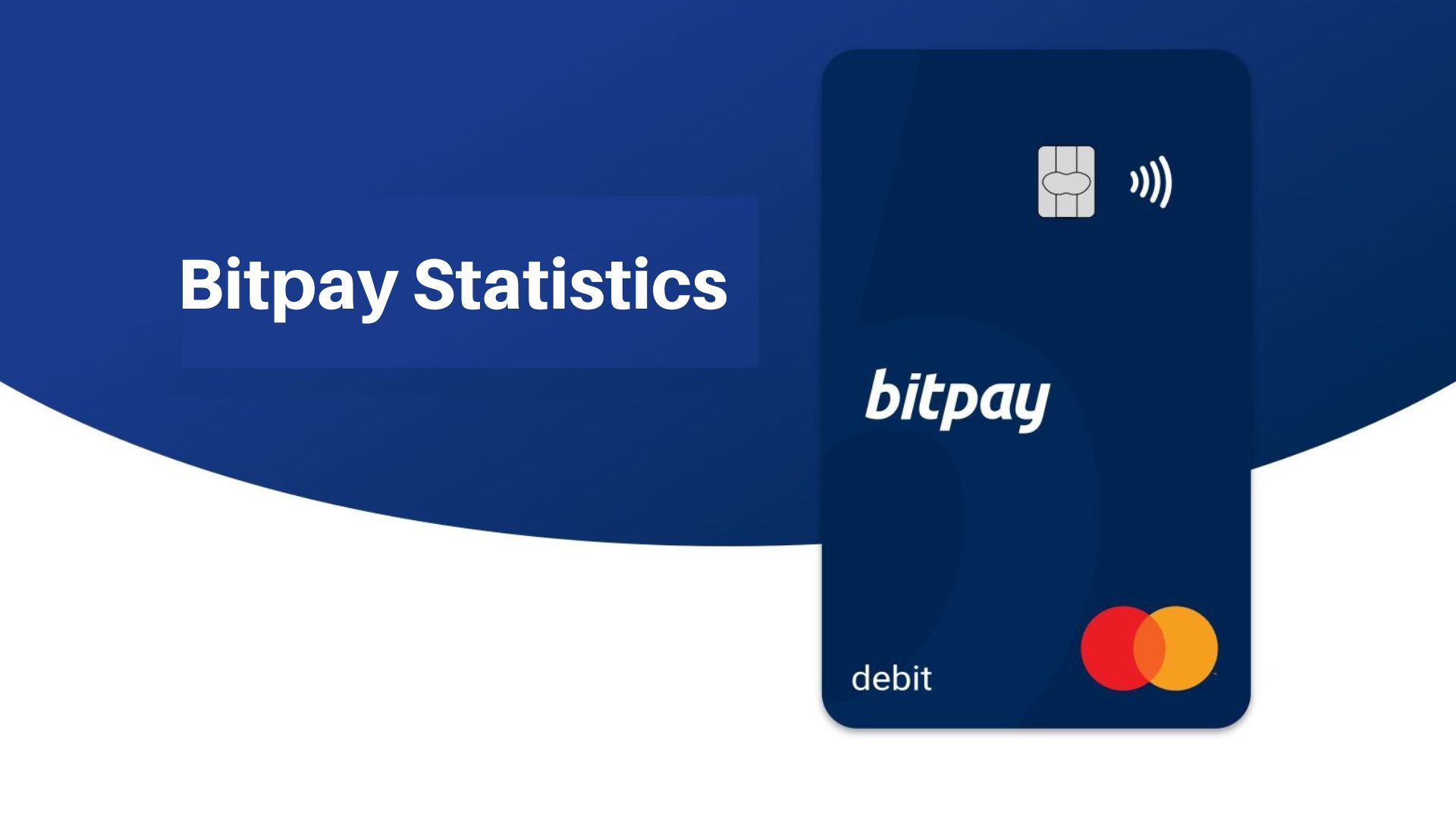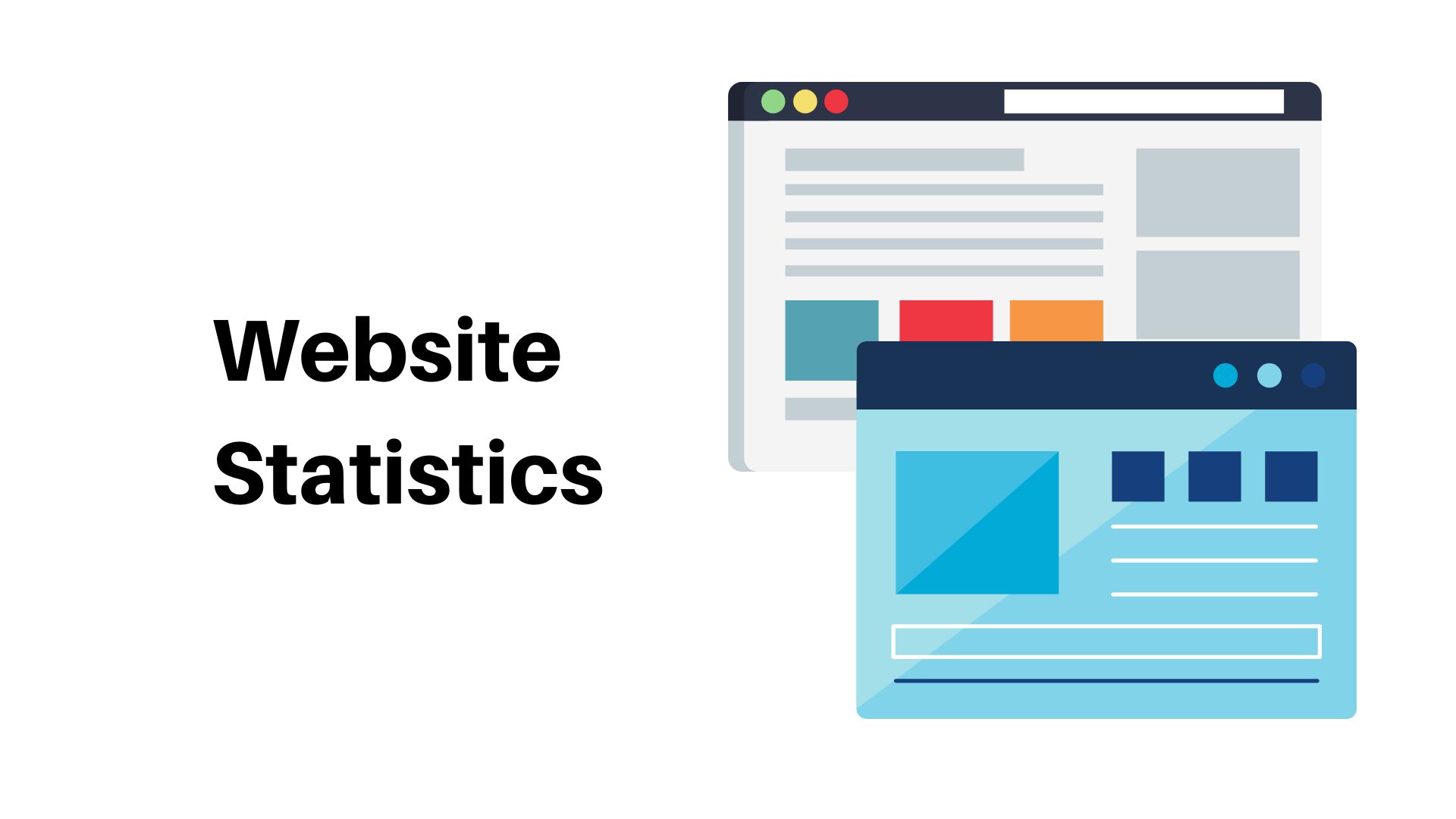Human Trafficking Statistics 2024 By Region, Immigrants, Demographics, Industry, Relationship and Type
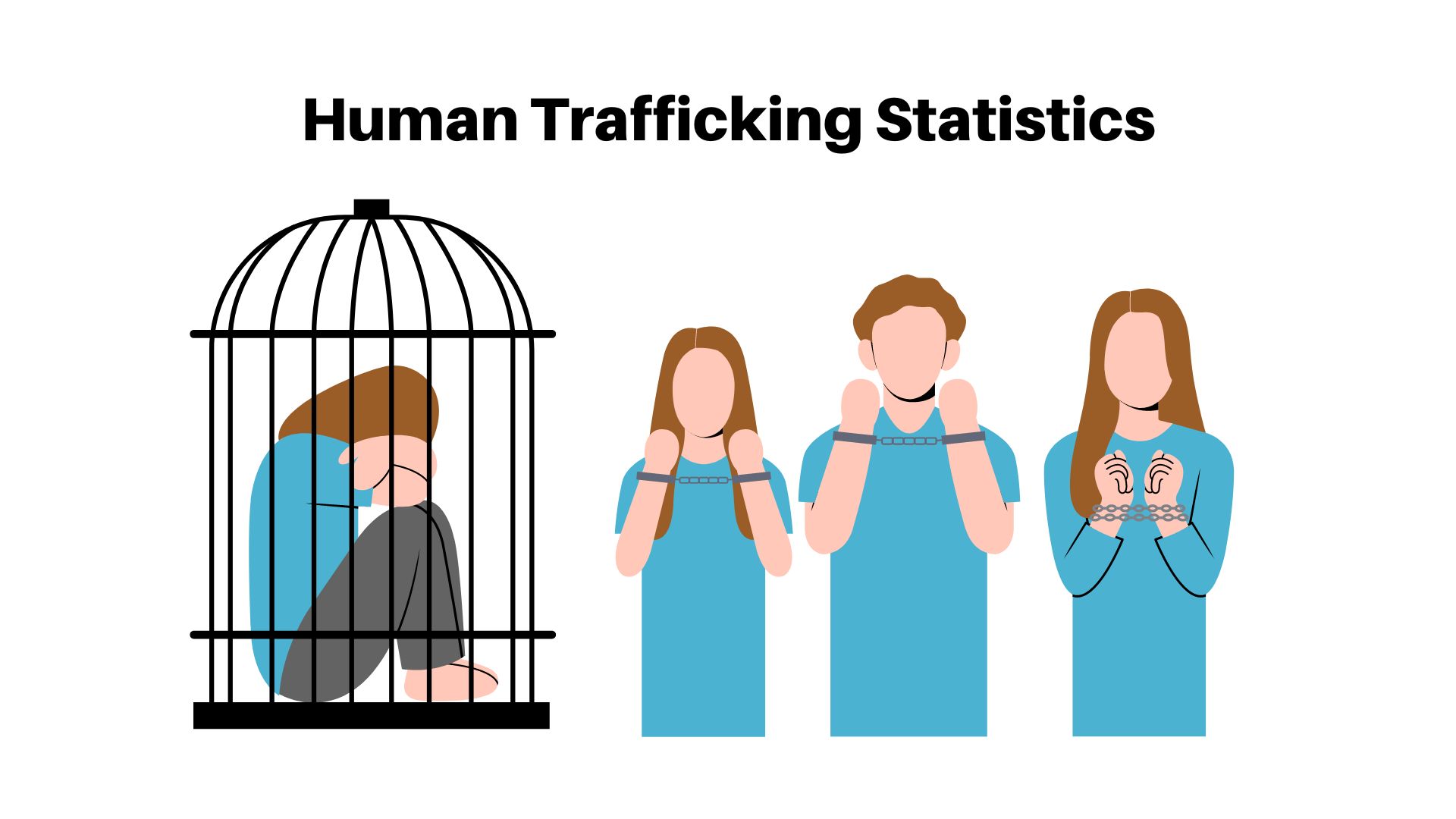
Page Contents
- Introduction
- Editor’s Choice
- Facts About Human Trafficking
- What is Human Trafficking?
- General Human Trafficking Statistics
- By Country
- By Immigrants
- By Region
- Human Trafficking Statistics By Industry
- Human Trafficking Statistics By Demographics
- Statistics By Gender
- By Relationship
- By Methods
- By States
- By Type
- Sex Trafficking By Venue
- Myths of Human Trafficking
- Human Trafficking Trends
- Recent Developments in Human Trafficking
- Conclusion
Introduction
Human Trafficking Statistics: Human trafficking remains a pervasive global issue, with millions of individuals subjected to exploitation and abuse each year. According to recent statistics, an estimated 25 million people worldwide are victims of human trafficking, with the majority being women and children. This lucrative criminal industry generates profits of over $150 billion annually, making it one of the most profitable illegal trades globally. As market research analysts, it's imperative to understand the scale and impact of human trafficking to develop effective strategies for prevention and intervention.
Efforts to combat human trafficking have intensified in recent years, driven by increased awareness and advocacy. However, despite these efforts, the problem persists, with trafficking networks adapting to evade law enforcement and exploit vulnerabilities in communities. Through comprehensive data analysis and research, we can uncover trends, identify high-risk areas, and develop targeted interventions to disrupt trafficking networks and support survivors. In this context, understanding human trafficking statistics is crucial for informing policy decisions, resource allocation, and collaborative efforts to combat this grave violation of human rights.
Editor’s Choice
- Every year, approximately 4.5 billion people become victims of forced sex trafficking.
- Two out of three immigrants become victims of human trafficking, regardless of their international travel method.
- There are 5.4 victims of modern slavery for every 1000 people worldwide.
- An estimated 40.3 million individuals are trapped in modern-day slavery, with 24.9 million in forced labor and 15.4 million in forced marriage.
- Around 16.55 million reported human trafficking cases have occurred in the Asia Pacific region.
- Out of 40 million human trafficking victims worldwide, 25% are children.
- The highest proportion of forced labor trafficking cases occurs in domestic work, accounting for 30%.
- The illicit earnings from human trafficking amount to approximately USD 150 billion annually.
- The sex trafficking industry globally exceeds the size of the worldwide cocaine market.
- Only 0.4% of survivors of human trafficking cases are detected.
- Currently, there are 49.6 million people in modern slavery worldwide, with 35% being children.
- Sex trafficking is the most common type of trafficking in the U.S.
- In 2022, there were 88 million child sexual abuse material (CSAM) files reported to the National Center for Missing and Exploited Children (NCMEC) tip line.
- Child sex trafficking has been reported in all 50 U.S. states.
- Human trafficking is a USD 150 billion industry globally.
- It ranks as the second most profitable illegal industry in the United States.
- 25 million people worldwide are denied their fundamental right to freedom.
- 30% of global human trafficking victims are children.
- Women constitute 49% of all victims of global trafficking.
- In 2019, 62% of victims in the US were identified as sex trafficking victims.
- In the same year, US Department of Health and Human Services (HHS) grantees reported that 68% of clients served were victims of labor trafficking.
- Human traffickers in the US face a maximum statutory penalty of 20 years in prison.
- In France, 74% of exploited victims in 2018 were victims of sex trafficking.
You May Also Like To Read
- Domestic Violence Statistics
- Sexual Assault Statistics
- Crime Statistics
- FBI Crime Statistics
- Referral Marketing Statistics
- Prison Statistics
- GDPR Statistics
- Piracy Statistics
- Notable Ransomware Statistics
- DDoS Statistics
- Divorce Statistics
Facts About Human Trafficking
- Human trafficking is a global problem, with millions of people affected each year.
- Victims of human trafficking are exploited for various purposes, including forced labor, sex work, and organ harvesting.
- It is estimated that there are over 40 million victims of human trafficking worldwide.
- Human trafficking generates illicit profits of around $150 billion annually.
- Women and children are disproportionately affected by human trafficking, with approximately 71% of all trafficking victims being female.
- Human trafficking occurs in every country, with both domestic and international victims.
- Victims of human trafficking often face physical and psychological abuse, as well as threats to their families.
- Human trafficking is often linked to other criminal activities, such as organized crime and drug trafficking.
- Efforts to combat human trafficking include legislation, law enforcement initiatives, and international cooperation.
- Awareness and education are crucial in preventing human trafficking and supporting victims.
What is Human Trafficking?
Human trafficking refers to the illegal trade of human beings, regardless of age or gender, for sexual slavery, forced labor, and other sexual activities. These cases can occur in any country, but also internationally. These types of cases can be found not only in developing countries but also in developed and underdeveloped countries. Human trafficking is the biggest industry worldwide. It is crucial to report cases of human trafficking to authorities to reduce illegal activities.
General Human Trafficking Statistics
- According to statistics on human trafficking, there are 5.4 modern slavery victims for every 1000 people.
- The most widespread form of trafficking is sex trafficking, followed by forced labor which results in 79% and 18% respectively.
- Human trafficking statistics show that the victim of the crime is illegally earning $150 billion annually.
- It is estimated that there are 40.3 million victims of modern-day slavery. This includes 24.9 victims of forced labor and 15.4 million victims of forced marriage).
- The sex trade in sex is more lucrative than the global cocaine market.
- According to statistics, 35 million victims are sex trafficked every day worldwide.
- Each year, 4.5 billion people are victims of the forced sex trade.
- Only 0.4% are found to be survivors of human trafficking cases.
- A victim trapped in this situation once is likely to live for 7 years.
- Globally, the average price of a human slave in this country is $90
- Statistics on human trafficking show that approximately 50% of all cases are in the United States.
- Sex trafficking is more common in women than it is in men.
By Country
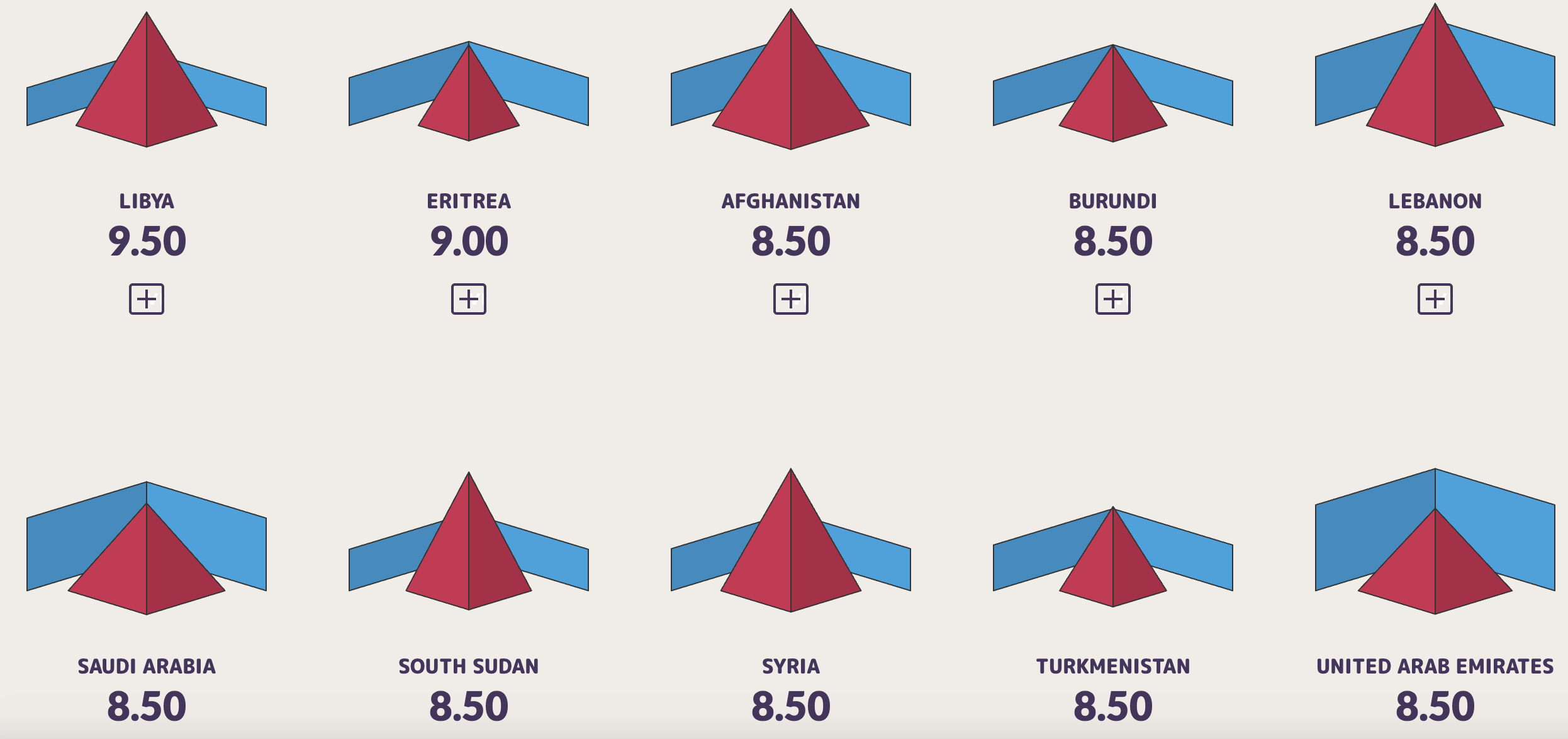
(Source: ocindex.net)
- As of 2022, Human trafficking statistics show that Libya ranks first for having a. 9.50 score out of 10 for the most similar cases.
- Eritrea, Afghanistan, and Burundi have a rate of 9, 8.50 each.
- Other countries with an equal score for similar cases are Lebanon, Saudi Arabia, South Sudan, Syria, Turkmenistan, and the United Arab Emirates (8.50).
By Immigrants
- 5% of international victims reported having crossed the borders by illegal means.
- Considering the international stage, 44% of children became victims by crossing borders officially.
- 2 out of 3 immigrants become victims irrespective of the international travel method.
- 15% of the victim travelers were from various regions, and 12% were from the same sub-region.
- 15% of cases have been reported to happen interregional.
By Region
Forced Labor Cases
- Around 16.55 million reported human trafficking cases have happened in the Asia Pacific.
- 42 million cases belong to Africa and 3.25 cases are from Europe and Central Asia regions respectively.
- And in the American region, the reported forced labor cases are 1.28 million.
Sexual Trafficking Cases
South America (Argentina, Brazil, Uruguay, Bolivia, Ecuador, Bolivia, Peru, Surinam, Guyana, Colombia, and Venezuela).
- 92% of cases observed. 72% of the victims are females and 28% are males.
- The majority of the people victims are 73% and the minors are 27%.
Central America (Caribbean Islands, Cuba, Nicaragua, Costa Rica, Mexico, Guatemala, Honduras, and Panama)
- 65% of victims are females and 35% are males.
- 5% of cases are observed in these cities for sex trafficking.
- 52% of victims belong to adult age and 48% are minors.
North America (Canada, Greenland, and USA)
- Sex trafficking cases are found at 52.36% in these countries.
- Out of these, 84% are females, 15% are males and 1% are transgender.
- The reported number of Adults and minors is 70% and 30% respectively.
South-Eastern Asia (Vietnam, Singapore, Timor-Leste, Cambodia, Myanmar, Laos, Malaysia, Indonesia, and Thailand.)
- 97% of sex trafficking cases.
- 82% of victims are adults and 18% are minors.
- The ratio of females and males is 54% and 46% respectively.
Eastern Asia (Taiwan, South Korea, North Korea, Macau, Mongolia, Japan, China, and Hong Kong).
- Only 1.29% of such reported cases are found in the above countries.
- 86% and 14% are female and male victims.
- 96% of cases are experienced by adults and 4% are by minors.
Central Asia (Uzbekistan, Turkmenistan, Tajikistan, Kyrgyz Republic, and Kazakhstan)
- Observed cases: 2.62%
- The adult ratio of trapped people is 95% and 5% are minors.
- Female and male reported cases are 51% and 49% respectively.
Southern Asia (Bangladesh, Bhutan, Nepal, Sri Lanka, Nepal, Afghanistan, and India)
- The observed rate of sexual trafficking in these countries is 1.02%.
- Out of these 59% are females and 42% are males.
- And with some minor differences adults and minors trapped in such cases are 53% to 47%.
Western Asia (Bahrain, Iraq, Kuwait, Oman, The State of Palestine, Lebanon, UAE, Yemen, Saudi Arabi, and Qatar).
- The observed rate of sexual trafficking: is 5.98%.
- Targeted gender rate: 90% females and 10% males.
- Age-wise distribution: 97% adults and 3% minors.
Central Africa (Sao Tome and Principe, Democratic Republic of Congo, Chad, Congo Republic, Central Africa Republic, Cameroon, Gabon, and Equatorial Guinea)
- The observed rate of sexual trafficking: is 0.5% (not confirmed)
- Targeted gender rate: 67% females and 33% males.
- Age-wise distribution: 53% adults and 47% minors.
Southern Africa (Zimbabwe, Swaziland, South Africa, Angola, Botswana, Lesotho, Mozambique, and Namibia)
- The observed rate of sexual trafficking: is 0.5%
- Targeted gender rate: 61% females and 39% males.
- Age-wise distribution: 85% adults and 15% minors.
Western Africa (Togo, Sierra Leone, Senegal, Guinea- Bissau, Liberia, Mali, Gambia, Cote, Cape, Benin, Burkina Faso, Nigeria, Mauritania, Cote D’lvoire, and Niger)
- The observed rate of sexual trafficking: is 2.81%
- Targeted gender rate: 63% females and 37% males.
- Age-wise distribution: 59% adults and 41% minors.
Eastern Africa (Uganda, Mauritius, Malawi, Comoros, Burundi, Kenya, Ethiopia, Eritrea, Djibouti, Somalia, Somaliland, Seychelles, Tanzania, Madagascar, Rwanda, and Reunion)
- The observed rate of sexual trafficking: is 1.45%
- Targeted gender rate: 65% females and 35% males.
- Age-wise distribution: 69% adults and 31% minors.
Southern Europe (Montenegro, Kosovo, Serbia, Greece, Albania, Italy, Spain, Portugal, and Serbia)
- The observed rate of sexual trafficking: is 3.13%
- Targeted gender rate: 88% females and 12% males.
- Age-wise distribution: 89% adults and 11% minors.
Eastern Europe (Slovakia, Romania, Belarus, Ukraine, Poland, Russia, Hungary, and Czech Republic)
- The observed rate of sexual trafficking: is 14.07%
- Targeted gender rate: 53% females and 43% males.
- Age-wise distribution: 92% adults and 8% minors.
Northern Europe (Lithuania, Estonia, Iceland, Finland, Denmark, Norway, Great Britain, and Sweden)
- The observed rate of sexual trafficking: is 0.81%
- Targeted gender rate: 58% females and 41% males.
- Age-wise distribution: 94% adults and 6% minors.
Western Europe (Monaco, Austria, Switzerland, Belgium, France, Netherlands, and Germany)
- The observed rate of sexual trafficking: is 1.09%
- Targeted gender rate: 78% females and 22% males.
- Age-wise distribution: 94% adults and 6% minors.
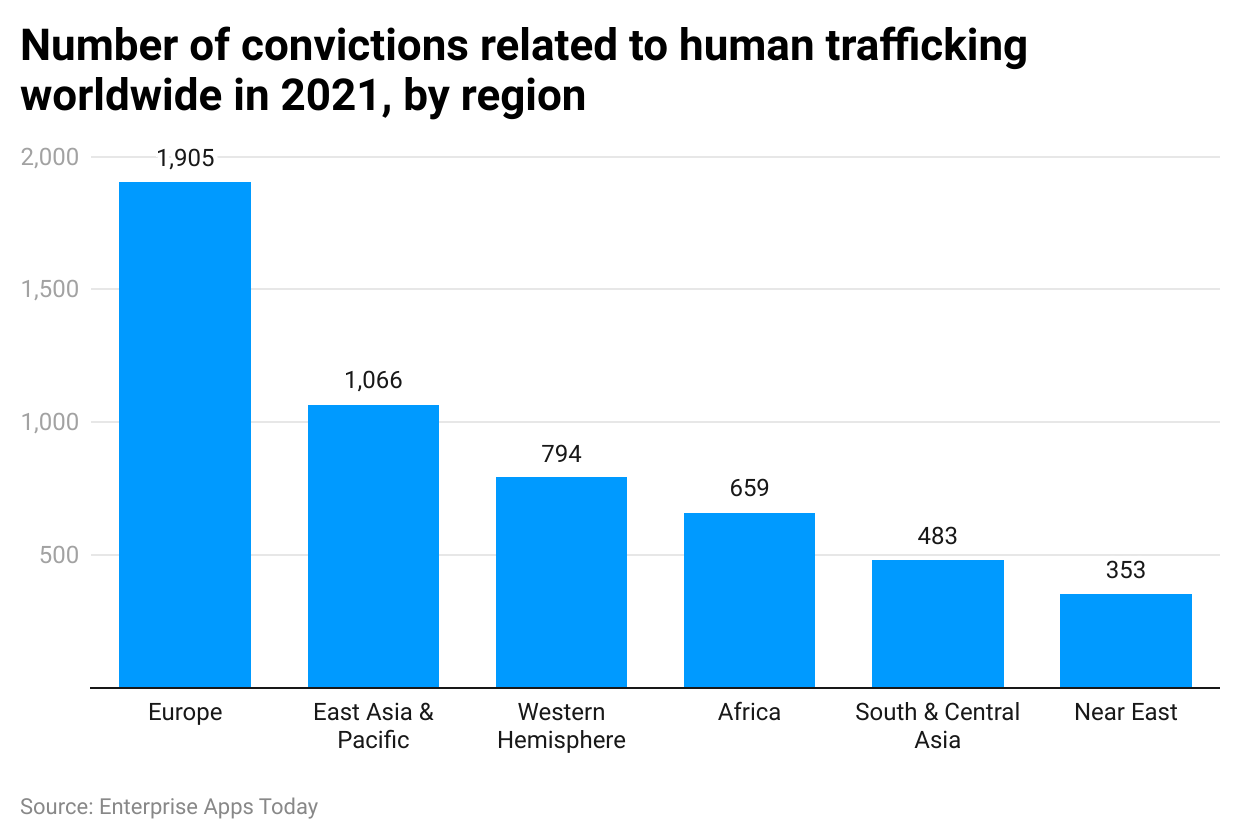 (Reference: Statista.com)
(Reference: Statista.com)
- As of 2021, the Europe region recorded around 1,905 convictions relating to human trafficking cases.
- East Asia and Pacific and the Western Hemisphere contributed around 1,066 and 794 respectively.
- 659, 483, and 353 convictions were observed in Africa, South and Central Asia, and the Near East.
Human Trafficking Statistics By Industry
- 8% of the forced labor trafficking cases happen in the hospitality industry.
- While 9% belong to manufacturing and 10% cases are from the agriculture industry.
- 16% of the cases occur in the construction industry.
- The highest ever forced labor trafficking cases are reported to happen in domestic work resulting in 30%.
Human Trafficking Statistics By Demographics
- Around the globe, 71% of victims are girls and women and 29% are boys and men.
- 2 million victims are at the age of 18 years resulting in 75%, and children below 18 resulted in 10.1 million with 25%.
- Out of 40 million victims of human trafficking, 25% are children around the globe.
- 1 out of 4 victims are children who suffer modern slavery.
- The average of victims in children is between 12 to 14 years.
- On average, a child is sold for sex purposes 20 to 30 times every day.
- Social media has become a part of the human trafficking cause in children.
Statistics By Gender
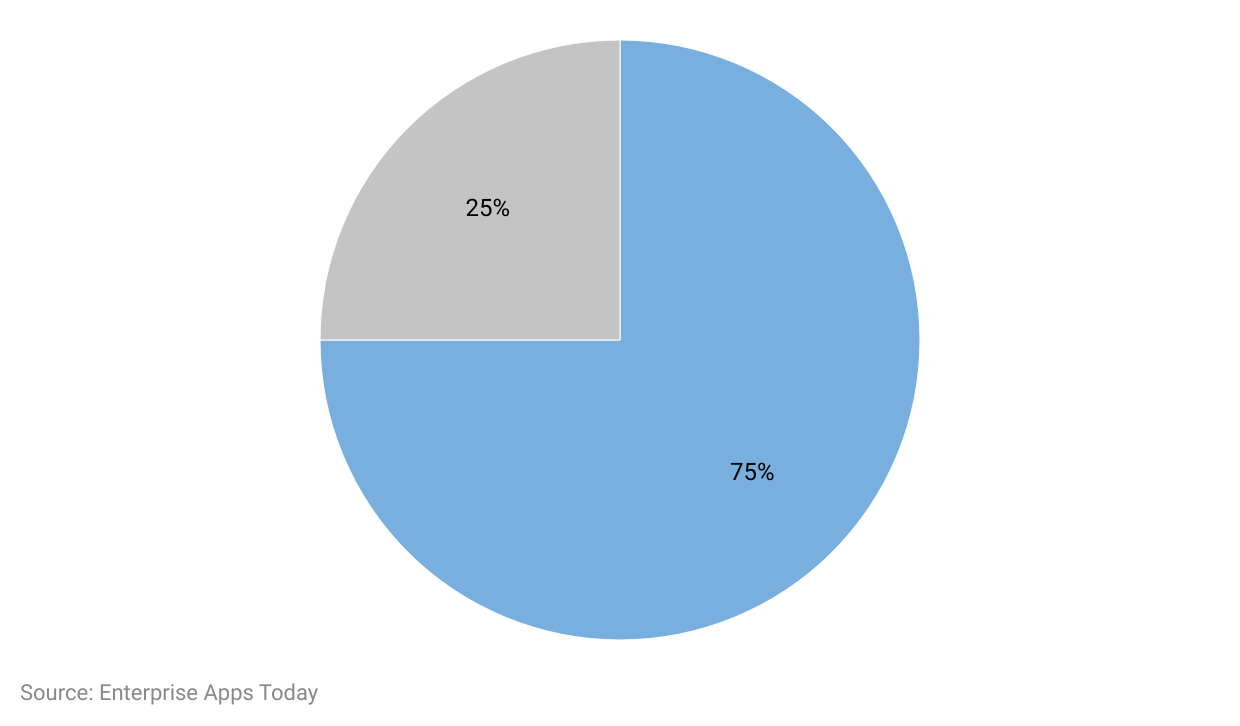 (Reference: NEAL DEVIS)
(Reference: NEAL DEVIS)
- Human trafficking statistics reveal that 75% of the cases are around women.
- And 25% of cases belong to the male population.
By Relationship
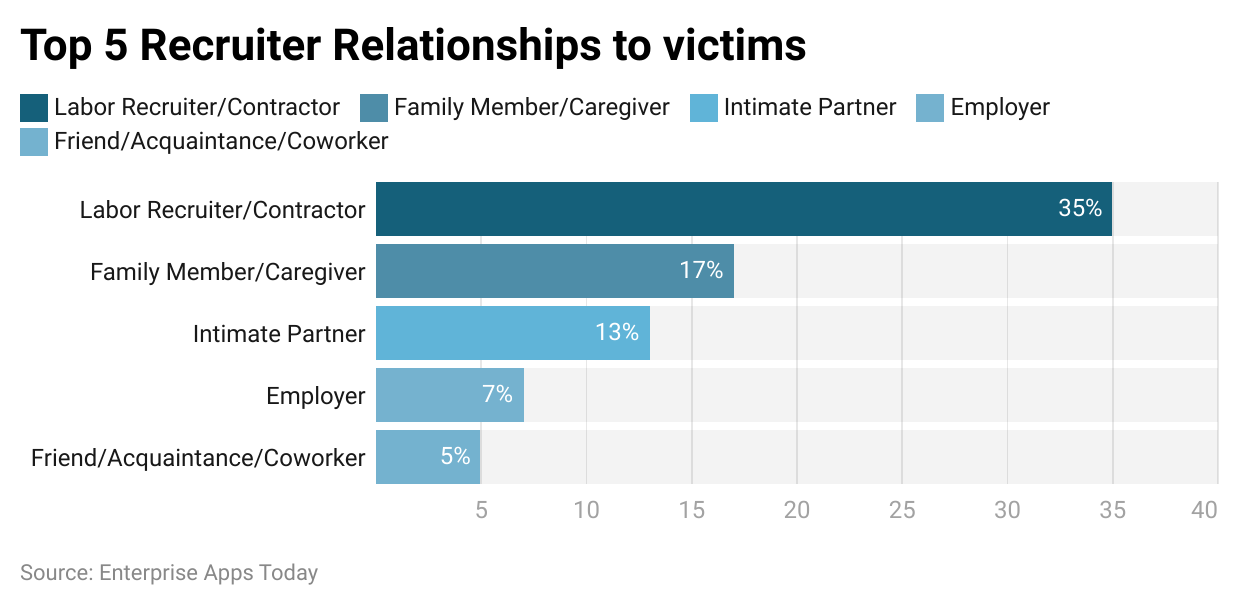 (Reference: South Carolina Attorney General)
(Reference: South Carolina Attorney General)
- The top 5 recruiter cases with victims following human trafficking are Labor recruiter or contractor resulting in 35%.
- Family members/caregivers contribute to such cases by 17%.
- 13%, 7%, and 5% of cases are observed by an intimate partner, employer, and friend/acquaintance/Coworker respectively.
By Methods
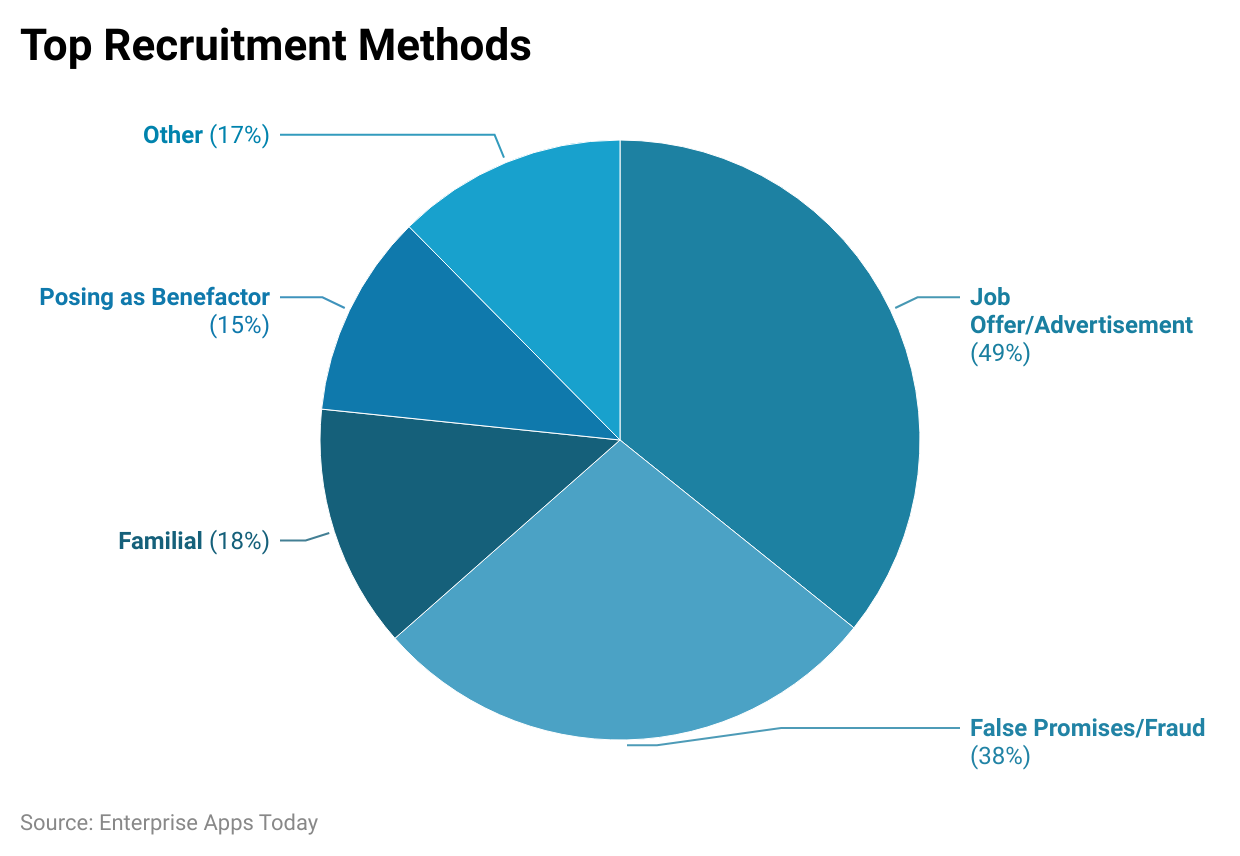 (Reference: South Carolina Attorney General)
(Reference: South Carolina Attorney General)
- Traffickers use various victims to trap innocent people, the most common method used is a Job offer or advertising resulting in 49%.
- 38% of the cases occurred from false promises/fraud resulting in 38%.
- 18% of human trafficking cases are observed in the familial method.
- 15% and 14% belong to posing as a benefactor and intimate partner/ marriage proposition respectively.
- And 3% are abduction cases.
By States
By Highest
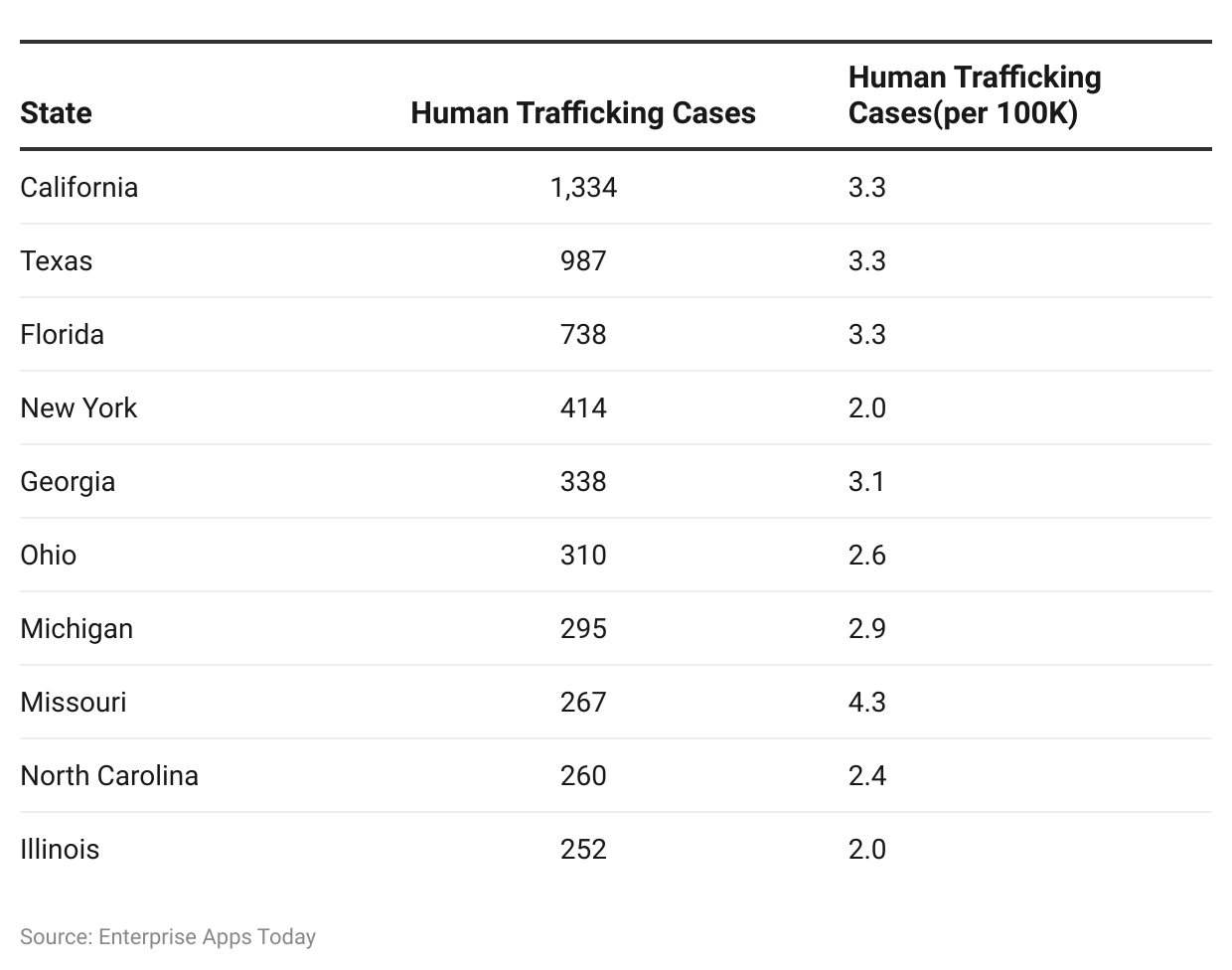 (Reference: World Population Review.com)
(Reference: World Population Review.com)
- According to Human trafficking statistics, California recorded the highest number of cases resulting in 1,334 at 3.32% for every 100K people.
- Texas and Florida have 987 and 738 recorded cases resulting in 3.25% and 3.30% respectively for every 100K of the population.
- Other states in the United States of America in 2022 recorded the following number for every 100K people: New York 414 cases (2.02%), Georgia 338 cases (3.07%), Ohio 310 cases (2.61%), Michigan 295 cases (2.91%), Missouri 267 cases (4.30%), North Carolina 260 cases (2.43%), and Illinois 252 cases (1.97%).
By Lowest
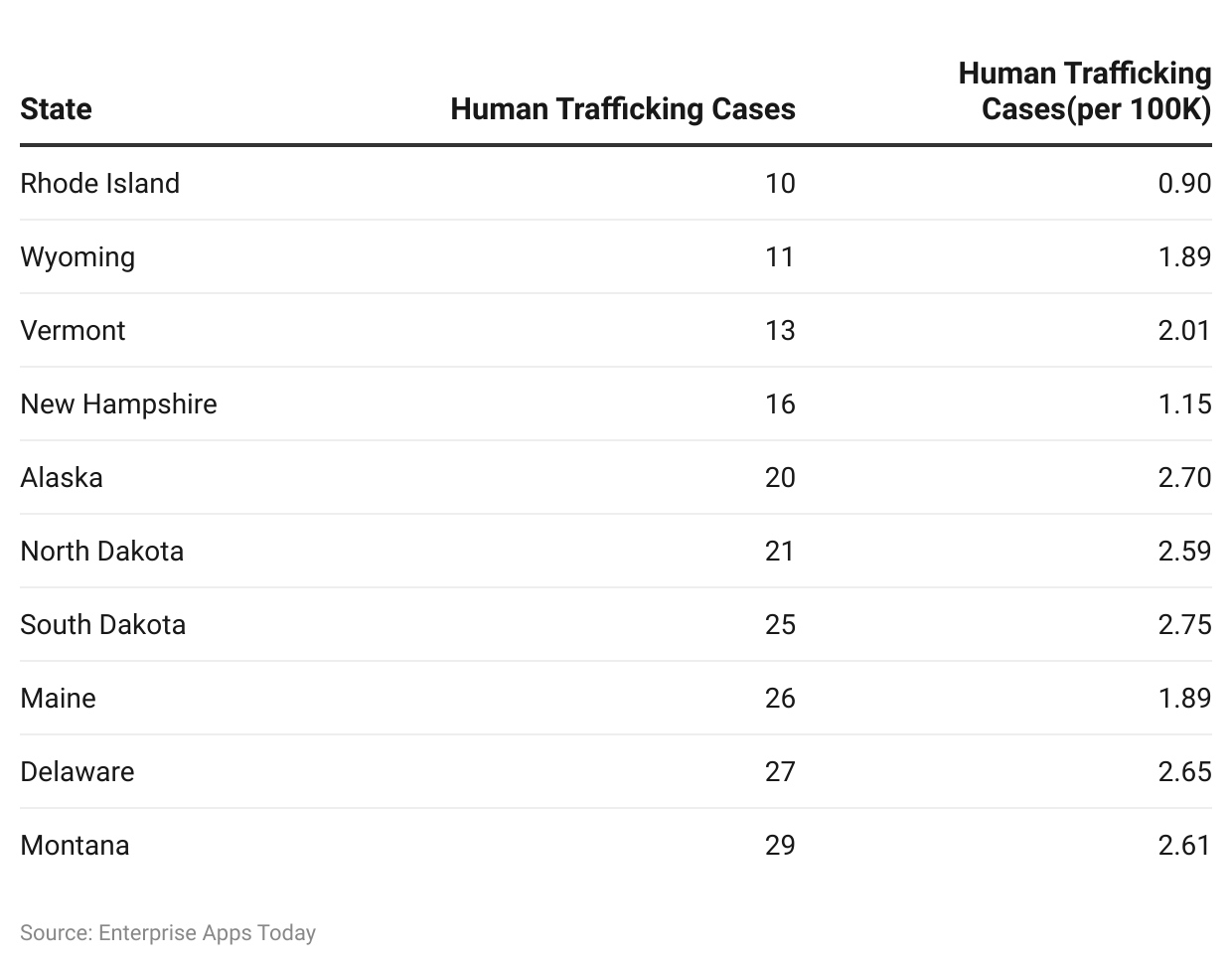 (Reference: World Population Review.com)
(Reference: World Population Review.com)
- The lowest cases of Human trafficking in the year 2022 were observed in Rhode Island, United States of America resulting in 10 cases for every 1000K population. The rate of such cases is the lowest of all observed at 0.90.
- Wyoming and Vermont ranked respectively following the 11 and 13 cases with 1.89% and 2.01% each for the 1000K population.
- Other states in the United States of America with the lowest human trafficking case are New Hampshire 16 cases (1.15%), Alaska 20 cases (2.70%), North Dakota 21 cases (2.59%), South Dakota 25 cases (2.75%), Maine 26 cases (1.89%), Delaware 27 cases (2.65%), and Montana 29 cases (2.61%).
By Type
- The forced labor industry earns around $43.2 billion illegally every year.
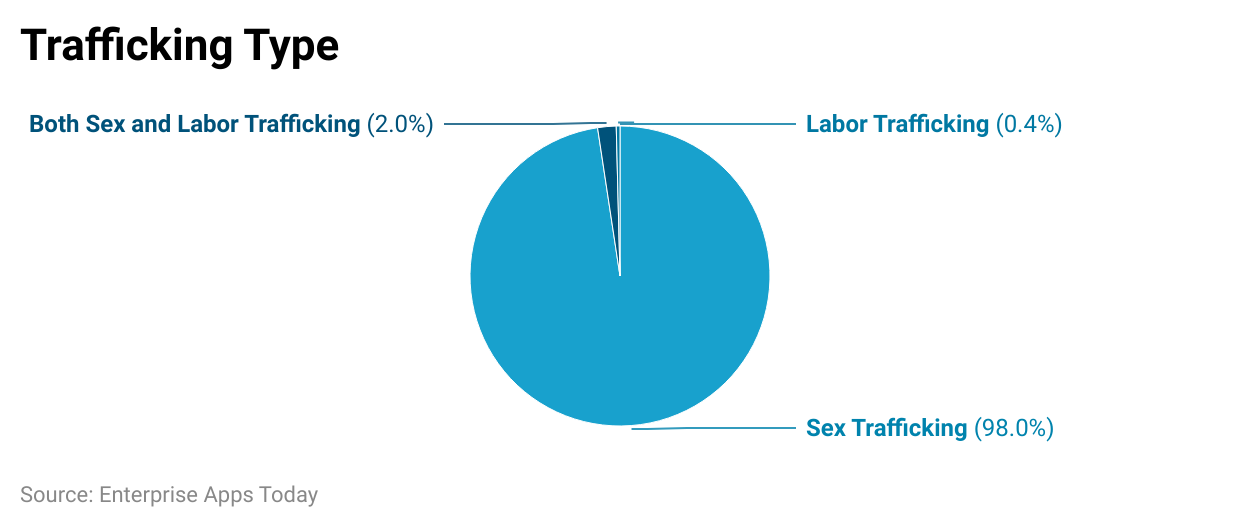 (Reference: South Carolina Attorney General)
(Reference: South Carolina Attorney General)
- The major illegally conducted type of human trafficking around the globe is sex trafficking resulting in 98%.
- Only 0.40% of cases are found for labor trafficking alone.
- And 2% of cases belong to both sex and labor trafficking suffered by an individual.
Sex Trafficking By Venue
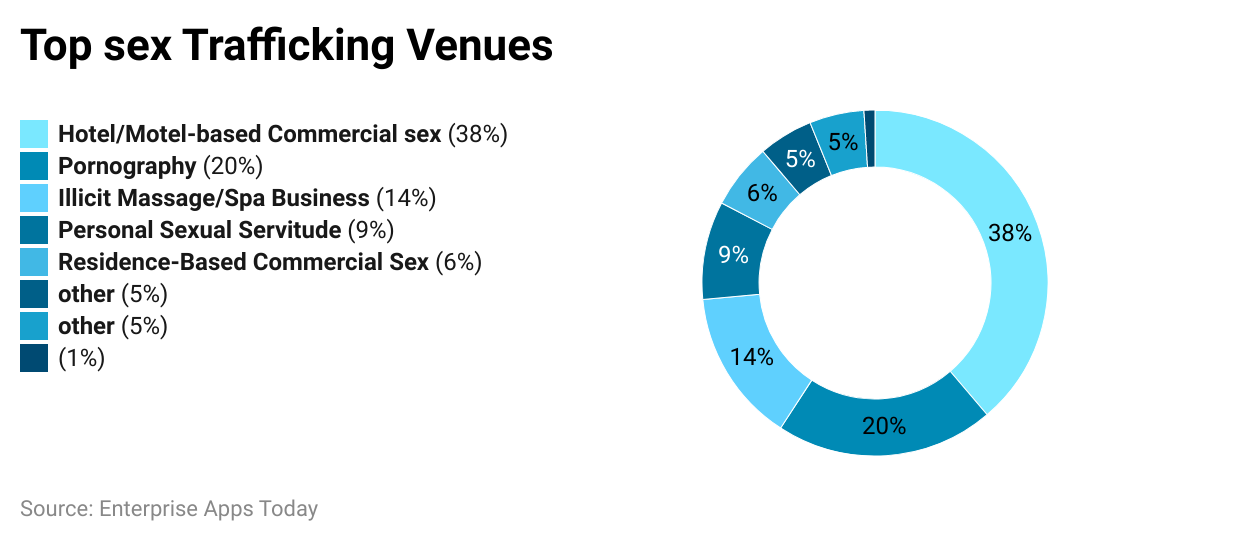 (Reference: South Carolina Attorney General)
(Reference: South Carolina Attorney General)
- The top sex trafficking venue as per the human trafficking statistics for illegal sexual acts is hotel/motel-based commercial sex resulting in 38%.
- The venues where pornography is conducted have a 20% of ratio and illicit massage or Spa businesses contribute to top sex trafficking venues by 14%.
- 9% of venues belong to personal sexual servitude and 5% each for residence-based commercial sex and other places.
| SIGNALER'S METHOD OF COMMUNICATION | POTENTIAL VICTIMS |
|---|---|
| Hotline call | 68% |
| SMS Report | 26% |
| Email Received | 4% |
| Online Report | 1% |
| Webchat | 1% |
(Reference: humantraffickinghotline.org)
- According to the Human trafficking statistics of 2021, the highest number of complaints received for such cases was via Hotline resulting in 68%.
- 26% of the victim’s or signaler’s method of communication was SMS report.
- 4% of the complaint were received from email while 1% were reported from online reports and webchat respectively.
Myths of Human Trafficking
- Every human trafficking case involves sex.
- Human trafficking is usually a violent crime.
- Only girls and women become victims of sex trafficking.
- Such cases occur only in underground industries or happen illegally.
- Human trafficking always involves transporting, traveling, or moving the victims out of the country.
- In developing countries, human trafficking is the primary problem.
- Every commercial sex is called human trafficking.
- People already stuck in these places are always willing to help the new victim.
- Victims are always locked in or stuck in unknown places forever.
Human Trafficking Trends
- Human trafficking trends indicate a rise in online recruitment and exploitation through social media platforms.
- There is a growing awareness and recognition of labor trafficking in various industries, including agriculture, construction, and hospitality.
- Traffickers are increasingly targeting vulnerable populations, such as migrants, refugees, and runaway youth.
- Technology and globalization have facilitated the expansion of human trafficking networks across borders.
- There is a trend towards increased collaboration between governments, law enforcement agencies, and NGOs to combat human trafficking.
- The use of technology and data analytics is becoming more prevalent in identifying and disrupting human trafficking networks.
- There is a shift towards survivor-centered approaches in anti-trafficking efforts, prioritizing the needs and voices of victims and survivors.
- Human trafficking trends also show an increase in demand for prevention and intervention programs aimed at addressing root causes and supporting at-risk populations.
- The COVID-19 pandemic has exacerbated vulnerabilities to human trafficking, with economic instability and social disruption increasing the risk of exploitation.
- There is a growing emphasis on corporate social responsibility and supply chain transparency to prevent and address human trafficking in business operations.
Recent Developments in Human Trafficking
- Increased focus on survivor-centered approaches, providing comprehensive support and services to victims and survivors of human trafficking.
- Adoption of new legislation and policies aimed at strengthening anti-trafficking efforts and enhancing prosecution of traffickers.
- Implementation of technology-driven solutions, such as AI and blockchain, to track and disrupt human trafficking networks.
- Expansion of public-private partnerships to combat human trafficking, involving businesses, NGOs, and government agencies.
- Growing investment in prevention programs targeting vulnerable populations and raising awareness about human trafficking.
- Integration of human trafficking awareness and prevention into educational curricula and training programs for law enforcement and frontline responders.
- Development of innovative tools and resources for identifying and reporting human trafficking, including mobile apps and hotlines.
- Enhancement of international cooperation and collaboration to address cross-border trafficking networks and support victims across jurisdictions.
- Efforts to address emerging forms of human trafficking, such as online exploitation and trafficking for organ removal.
- Heightened attention to the impact of the COVID-19 pandemic on human trafficking, including disruptions to supply chains and increased vulnerability of marginalized communities.
Conclusion
In conclusion, the statistics on human trafficking reveal a pervasive and alarming global issue that continues to affect millions of individuals worldwide. With an estimated 40.3 million victims of modern-day slavery and forced labor and an industry generating approximately $150 billion in illegal profits annually, the scale of human trafficking demands urgent attention and action.
Despite efforts to combat trafficking, only 0.4% of survivors are detected, highlighting significant challenges in identifying and addressing this crime. Moreover, with 30% of global trafficking victims being children and women comprising 49% of all victims, there is a pressing need for targeted interventions to protect vulnerable populations. Recent developments, including survivor-centered approaches, technological innovations, and international cooperation, offer hope for progress in combating human trafficking.
However, continued investment in prevention, prosecution, and victim support is essential to effectively address this complex and multifaceted issue and ensure the protection of human rights for all.
Sources
FAQ.
Donald Eugene Fields II is the biggest human trafficker who was arrested for sex and child trafficking as well as rape records in his name.
Every year around 27.8 million people of various gender, backgrounds, nationalities, and ages become victims of such cases. Moreover, due to excessive use of social media, such cases are rising at a high level.
You can report human trafficking cases to the nearest police station of the designated place you have experienced or seen the case.

Barry is a lover of everything technology. Figuring out how the software works and creating content to shed more light on the value it offers users is his favorite pastime. When not evaluating apps or programs, he's busy trying out new healthy recipes, doing yoga, meditating, or taking nature walks with his little one.

